Heading out the door? Read this article on the new Outside+ app available now on iOS devices for members! Download the app.
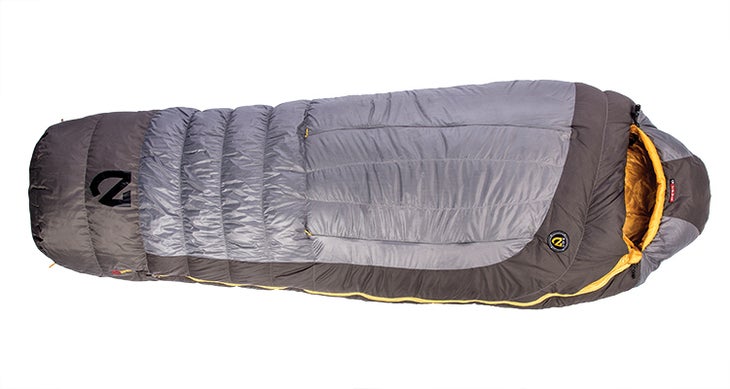
The many interior walls bridging the inner and outer layers of a sleeping bag giving it a quilted look (as in the NEMO Coda, above). These walls compartmentalize the down inside so that it does not move around and become uneven.
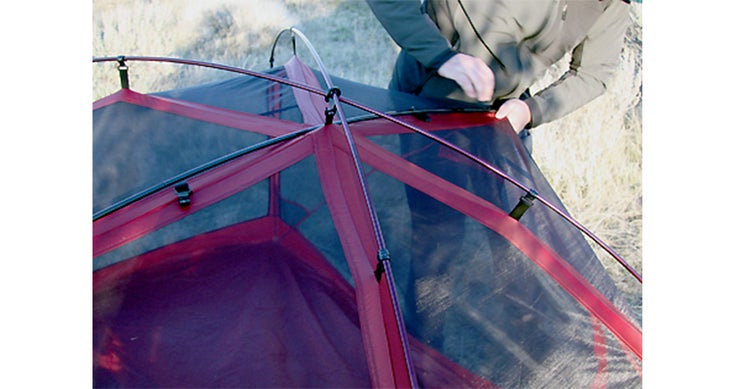
The shorter, eyebrow-shaped pole at the top of a tent used to give the tent more stability, height, and/or width.

A type of foam, often used in sleeping pads (like the Therm-a-Rest Z-Lite, above), that is dotted with tiny, completely enclosed air cells, which provide cushion and insulation.
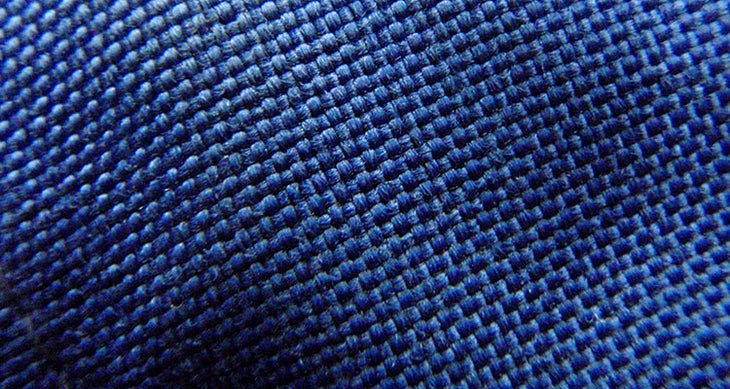
A measure, in grams, for the fineness of a given yarn or thread based on a 900-meter-long piece of that yarn or thread. The higher the denier, the coarser the fabric. For example, a summer tent might be 15 denier, while a winter tent might be 70. [photo: Apapadop / Wikimedia]

A tube of insulation in a sleeping bag located in the neck area. The draft collar blocks heat from escaping the main body compartment.
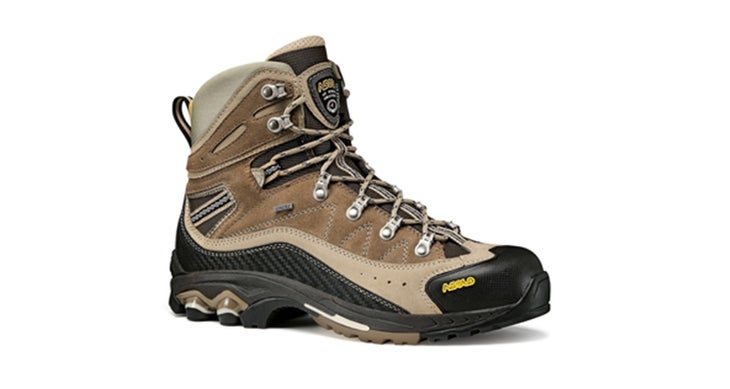
The practice of using two different types of material in a shoe’s midsole in order to stabilize the weaker parts of the foot with denser material (as in the Asolo Moran GTX, pictured).
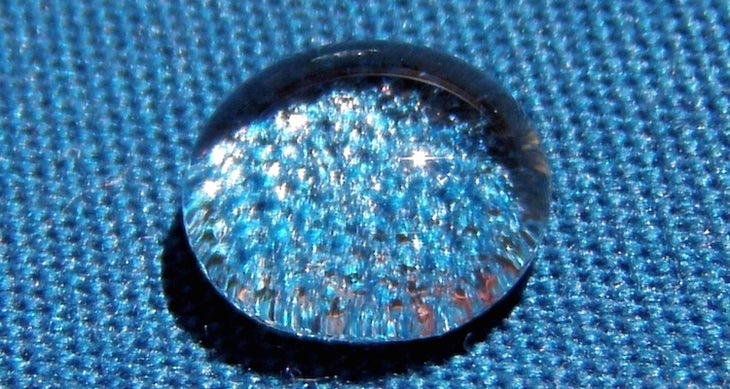
An acronym for “Durable Water Repellant”. Manufacturers use DWR coating to cover the individual fibers of a fabric leaving the space in between the fibers open for breathability. [photo: BrockenInaglory / Wikipedia]
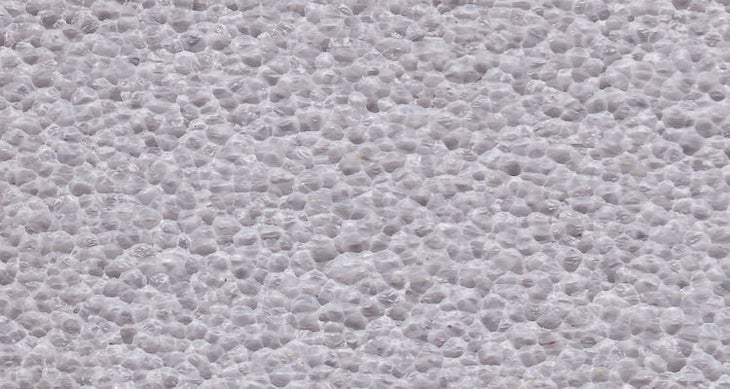
An acronym for ethylene vinyl acetate, EVA is a lightweight and flexible type of foam noted for its bounce. This comes from its ability to release air from its tiny foam bubbles upon impact and to reabsorb the air when the foot is un-weighted.

The fill power is the amount of space a one-ounce portion of down takes up when expanded, measured in cubic inches. For gear, fill power ranges from about 550 to 900, with the warmest and fluffiest stuff lying on the upper end. [photo: kevshine / Flickr]

A flat and stiff panel, usually made of plastic or foam, that sits vertically against your back inside your pack. This pane can help the pack keep its shape, allocate weight to the hip belt, and protect your body from your pack’s contents.

A pack with visible supportive architecture. See also: throwback.
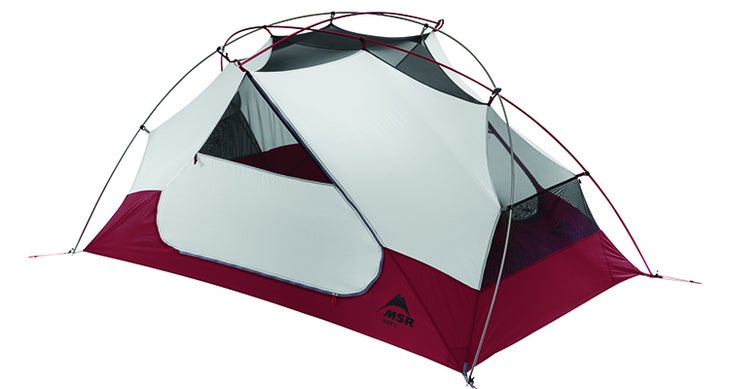
A tent whose structure or shape is supported by its poles.
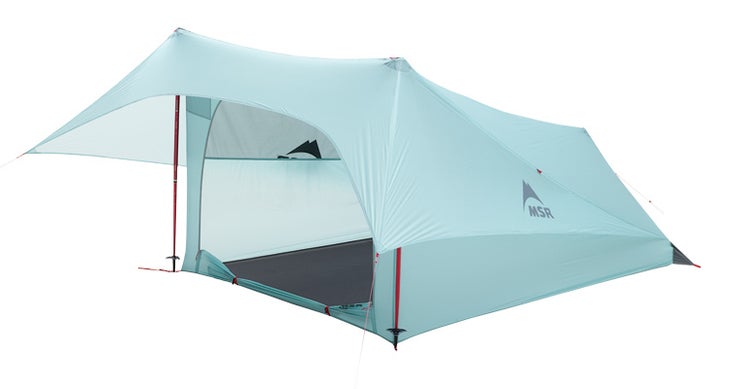
A tent that relies on hiking poles or other stakes to function effectively.
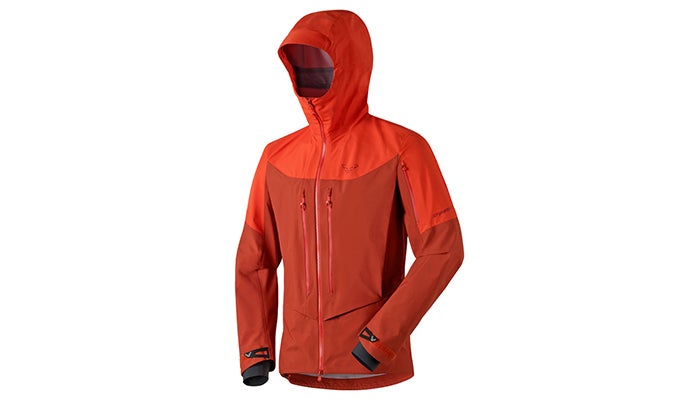
A particular brand of waterproof/breathable fabric. The fabric has “membranes” large enough to allow air to flow out, but small enough not to let water in (as in the Dynafit Yontei, pictured).
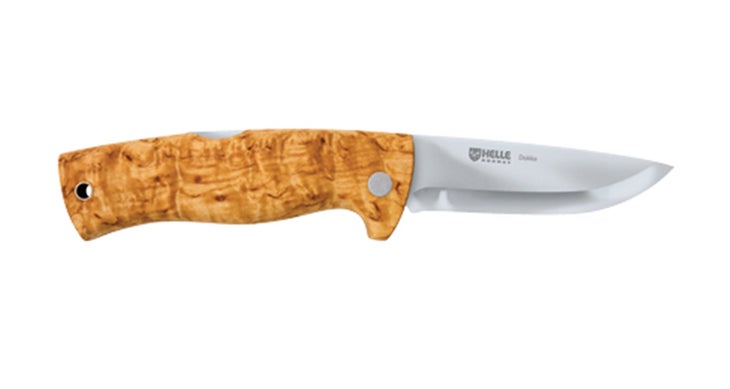
Used to describe blades that extend the full length of the weapon’s grip.
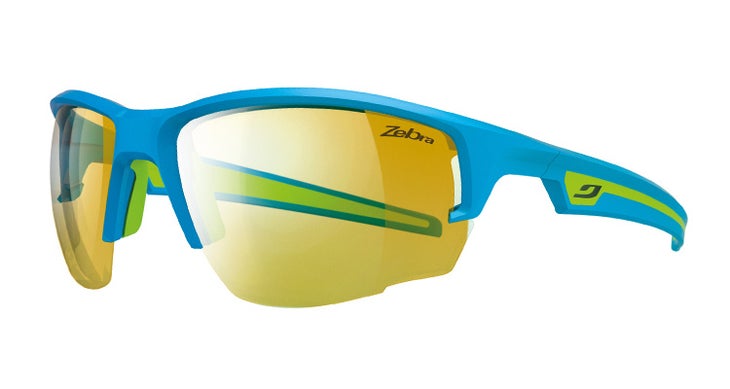
Sunglass lenses that grow temporarily darker when exposed to UV light. This is caused by the way the UV light changes the structure of the molecules in the lenses (as in the Julbo Venturi, pictured).
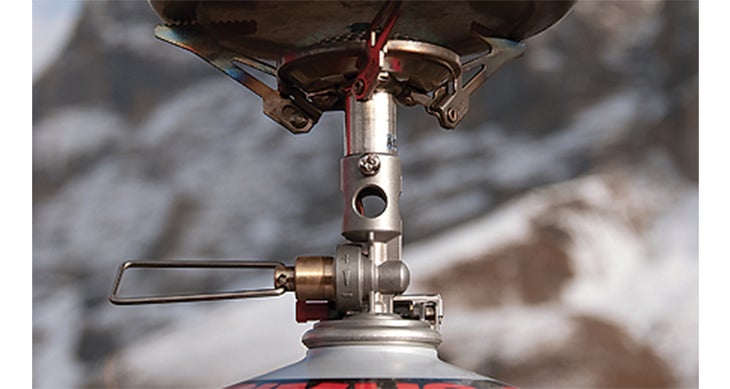
The valve controlling the release of gas pressure from a stove’s fuel canister.
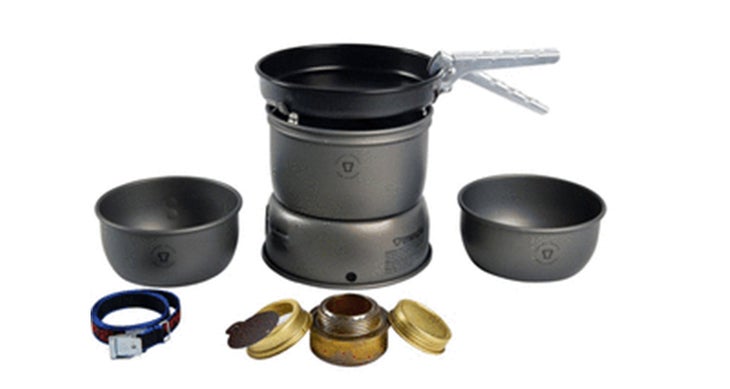
Aluminum cookware that has undergone an electro-chemical process resulting in increased strength and durability, as well as less porousness.

A fabric that has been reinforced at regular intervals with nylon thread in a crosshatch pattern in order to strengthen it. [photo: flyout / Wikipedia]
![Seam seal A silicon product that can be applied to the seams of a tent, backpack, or other fabric in order to make the seams waterproof. [photo: McNett]](https://cdn.backpacker.com/wp-content/uploads/2015/03/seam-seal.jpg?width=730)
A silicon product that can be applied to the seams of a tent, backpack, or other fabric in order to make the seams waterproof. [photo: McNett]
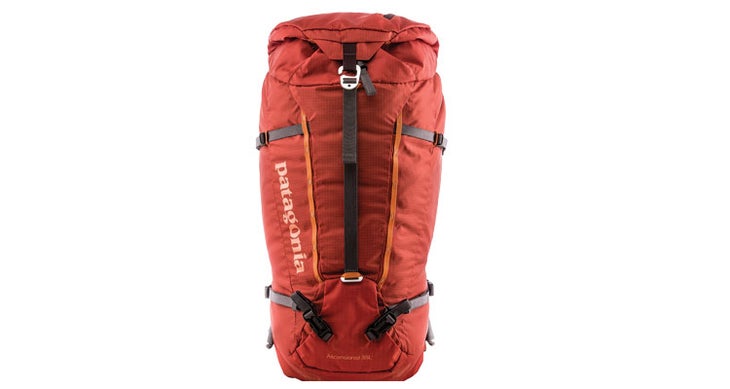
The cinching closure often found at the top of a pack’s main compartment. The collar keeps out dirt and moisture while also allowing the pack to be expandable (as in the Patagonia Ascensionist 45L, pictured).
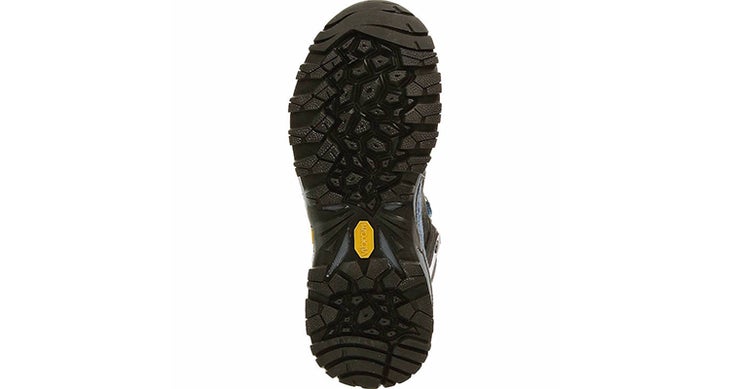
Protrusions on the bottom of a shoe that give it grip.
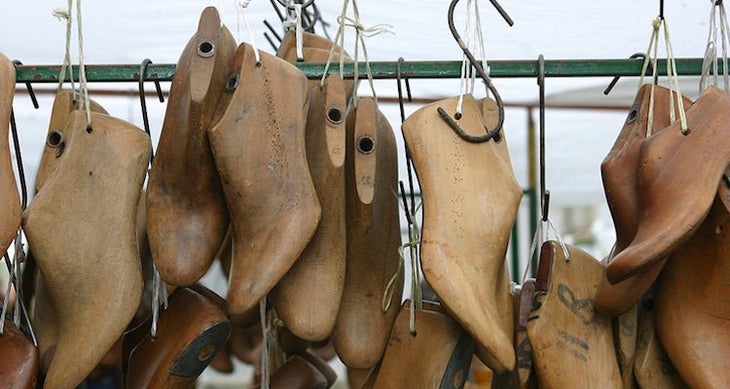
A model foot that serves as the basis for a given shoe. Different shoe brands or shoe types may use different lasts, giving each brand or shoe a different fit.
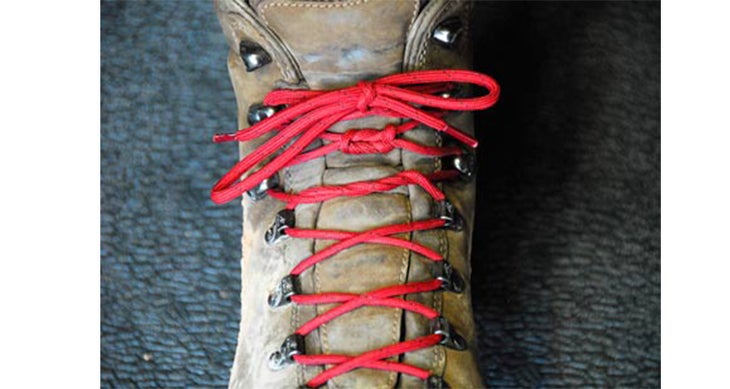
The flexible part of the shoe, usually made of fabric or leather. The upper covers the top part of the foot, including the toes, ankle, and heel.
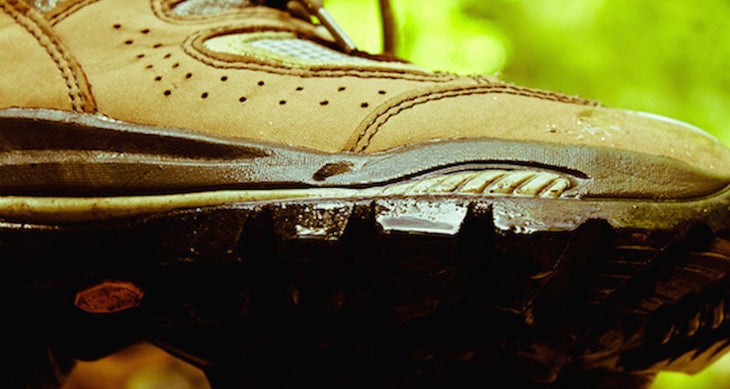
The bottom part of the shoe, extending from the midsole to the ground.
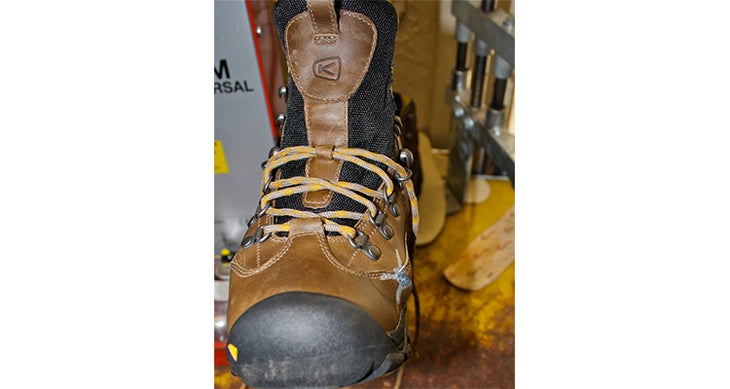
A rubber “bumper” at the upper-midsole border usually covering the toe but sometimes encircling the entire hiking boot. The rand increases the hiking boot’s waterproofing and durability.
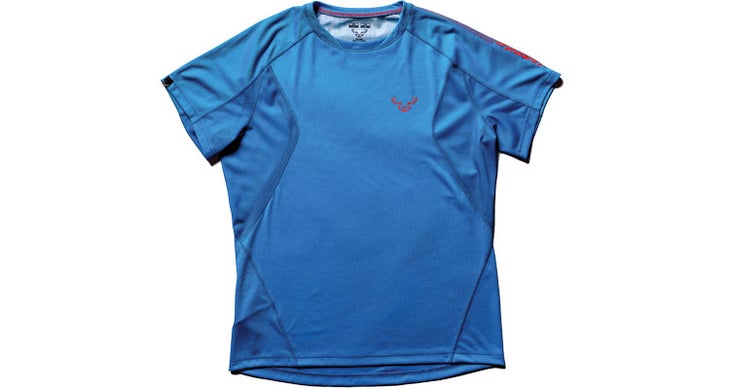
Fabrics that transfer moisture from the surface of the body into the outer layers of a garment, where it can evaporate (as in this Dynafit tee, pictured)
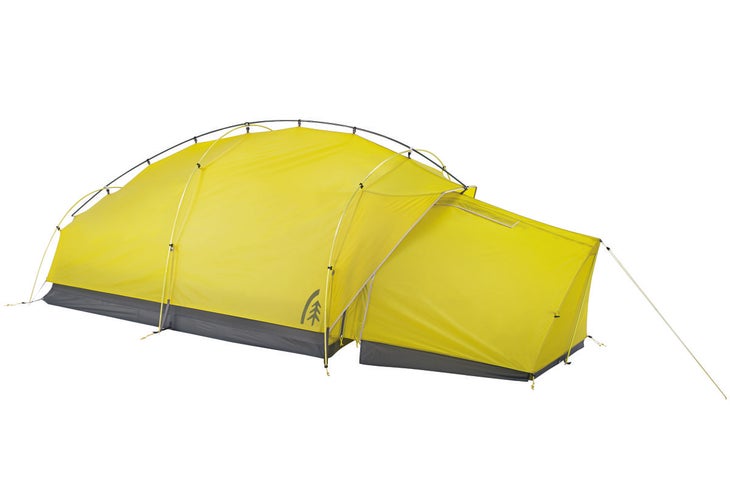
A patio-like addition to a tent. The vestibule is often used as extra living space in inclement weather, or as storage room for gear.
BAGS AND PADS
Baffle: The many interior walls bridging the inner and outer layers of a sleeping bag giving it a quilted look. These walls compartmentalize the down inside so that it does not move around and become uneven.
Draft collar: A tube of insulation in a sleeping bag located in the neck area. The draft collar blocks heat from escaping the main body compartment.
Fill power: The amount of space, in cubic inches, that a one-ounce portion of down feathers takes up when expanded. For gear, fill power ranges from about 550 to 900, with the warmest and fluffiest stuff lying on the upper end.
Closed-cell foam: A type of foam, often used in sleeping pads, that is dotted with tiny, completely enclosed air cells, which provide cushion and insulation.
TENTS
Brow pole: The shorter, eyebrow-shaped pole at the top of a tent used to give the tent more stability, height, and/or width.
Vestibule: A patio-like addition to a tent that is covered on top but open on the bottom. The vestibule is often used as extra living space in inclement weather or as storage room for gear.
Freestanding: A tent with a structure or shape that is supported by its poles.
Non-freestanding: Tents that rely on hiking poles or other stakes to function effectively.
FOOTWEAR
Upper: The flexible part of the shoe, usually made of fabric or leather. The upper covers the top part of the foot, including the toes, ankle, and heel.
Midsole: The part of the shoe between the insole (which sits directly under your foot) and the outsole (the bottom of the shoe).
Outsole: The bottom part of the shoe from the midsole to the ground.
Dual-density: The practice of using two different types of material in a shoe’s midsole in order to stabilize the weaker parts of the foot with denser material.
Rand: A rubber bumper at the upper-midsole border, usually covering the toe but sometimes encircling the entire hiking boot. The rand increases the hiking boot’s waterproofing and durability.
Last: A model foot that serves as the basis for a given shoe. Different shoe brands or shoe types may use different lasts, giving each brand or shoe a different fit.
Lugs: Protruding tabs on the bottom of a shoe that give the sole its grip.
EVA: An acronym for ethylene vinyl acetate, EVA is a lightweight and flexible type of foam noted for its bounce. This comes from its ability to release air from its tiny foam bubbles upon impact and to reabsorb the air when the foot is un-weighted.
PACKS, ACCESSORIES, AND CLOTHING
Storm collar: The cinching closure often found at the top of a pack’s main compartment. The collar keeps out dirt and moisture while also allowing the pack to be expandable.
Full tang: Used to describe blades that run the full length of the knife grip.
Frame sheet: A flat and stiff panel, usually made of plastic or foam, that sits vertically against your back inside your pack. This pane can help the pack keep its shape, allocate weight to the hip belt, and protect your body from your pack’s contents.
External Frame Pack: A backpack with a visible frame and/or supportive architecture. See also: throwback.
Photochromic: A property of sunglass lenses that cause the lens to temporarily grow darker when exposed to UV light. This is caused by the way the UV light changes the structure of the molecules in the lenses.
FABRICS AND COATINGS
Denier: A measure, in grams, for the fineness of a given yarn or thread based on a 900-meter-long piece of that yarn or thread. The higher the denier, the coarser the fabric. For example, a summer tent might be 15 denier, while a winter tent might be 70.
DWR: An acronym for “Durable Water Repellant”. Manufacturers use DWR coating to cover the individual fibers of a fabric leaving the space in between the fibers open for breathability.
Gore-Tex: A particular brand of waterproof/breathable fabric. The fabric has “membranes” large enough to allow air to flow out, but small enough not to let water in.
Hard-anodized: Aluminum cookware that has undergone an electro-chemical process resulting in increased strength and durability, as well as less porousness.
Regulator: The valve controlling the release of gas pressure from a stove’s fuel canister.
Ripstop: A fabric that has been reinforced at regular intervals with nylon thread in a crosshatch pattern in order to strengthen it.
Seam seal: A silicon product that can be applied to the seams of a tent, backpack, or other fabric in order to make the seams waterproof.
Wicking: Fabrics that transfer moisture from the surface of the body into the outer layers of a garment, where it can evaporate.